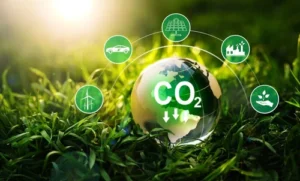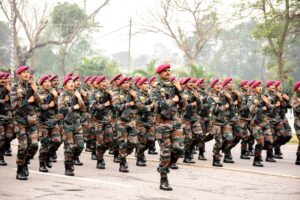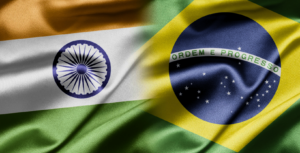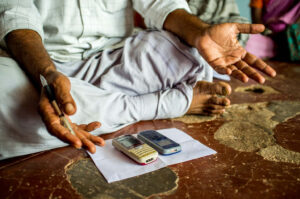Skip to content
Eat Right India Initiative
Sovereign Debt Crisis in the Global South
BRICS: Evolution, Structure, and Strategic Significance
Rising Global Military Spending
Sustainable Aviation Fuel (SAF)
Proposed Amendments to the Plant Treaty and India’s Opposition
Carbon Border Adjustment Mechanism (CBAM)
Fungal Disease Threatens Endangered Tree in Western Ghats
Reforming UNFCCC Processes
International Conference on Financing for Development (FfD4)
Special Intensive Revision of Electoral Roll in Bihar
The Growing Crisis of Climate Refugees
India and BRICS: Navigating Multipolar Aspirations
India’s Emerging Security Challenge: One-Front Reinforced War
Extended Producer Responsibility (EPR) for Non-Ferrous Metals
FATF’s 2025 Report on Terrorist Financing Risks
Peering into India’s Digital Divide
Bulgaria’s Entry into the Eurozone
The Admiralty (Jurisdiction and Settlement of Maritime Claims) Act, 2017























